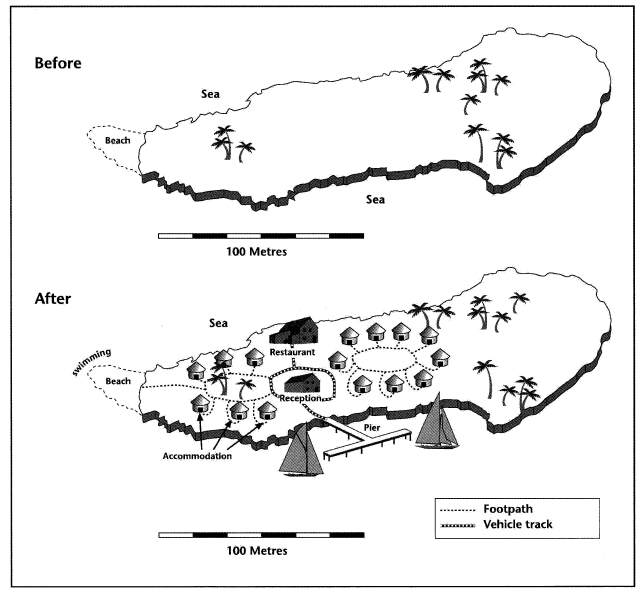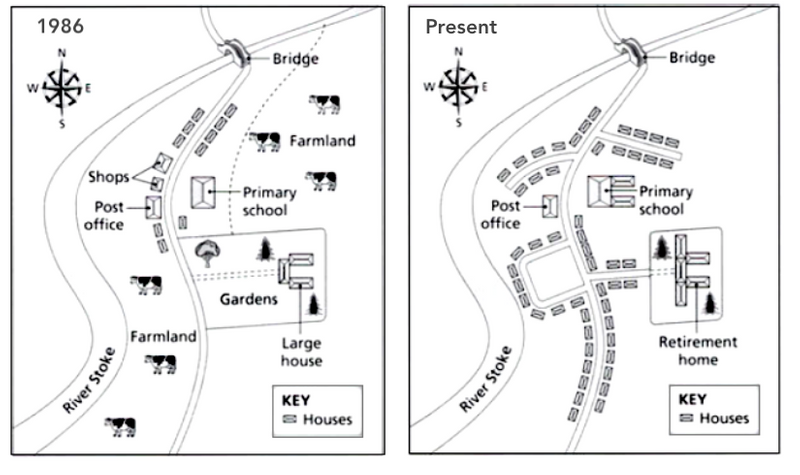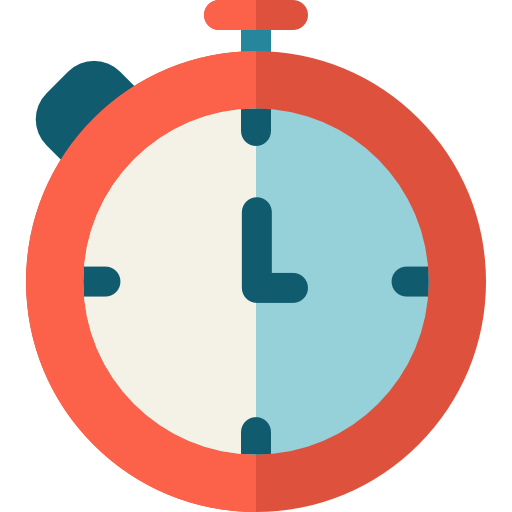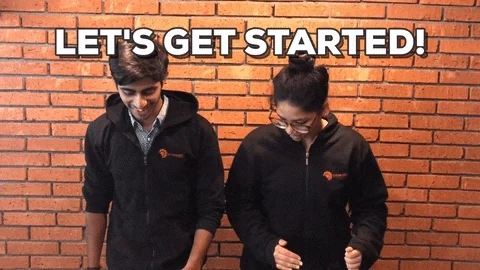Have you noticed that when you're preparing for the IELTS writing exam, there are maps to describe and compare? Are you not sure how to answer them when writing your essay?

These strategies will help prepare you for everything you need to know about answering map questions in Task 1.
Why do I have to describe maps?
Writing about maps might not seem very obvious for an exam, but it's important to your score.

A map task assesses your ability to:
explain visual data
compare and contrast any changes over time, such as geography or trends
use a variety of different tenses
use descriptive vocabulary
It's also important that you structure your writing coherently.
Quiz
What are some other reasons that map description might be important for your score? Select all that apply:
What types of maps are there?
Normally if a map question appears, it will contain 2-3 maps. In many cases, they show a scenario in the past, present, or future, for which you need to describe the different changes using the proper tenses.
Examples include:
1. Before and After Map
 Image credited to ieltsbuddy.com
Image credited to ieltsbuddy.com
2. Past and Present Map
 Image credited to ieltsfocus.com
Image credited to ieltsfocus.com
Structure
Typically an essay structure might look like the list below to achieve clarity and coherence.

Introduction: paraphrase the question and say what the maps illustrate.
Overview: describe the most obvious changes.
Paragraph one: describe the main features or significant changes in one part of a map. Focus on one aspect or one time period.
Paragraph two: describe the main features or significant changes in another map or time period.
Vocabulary for describing maps
These vocabulary terms can be used to explain your ideas about maps:

Compass locations
north of/to the north
south of/to the south
east of/to the east
west of/to the west

Changes
Replaced by
Developed into
Expanded
Removed

Comparing time
During the period of
Between
By
During

Measure
Increased
Decreased
Grew
Reduced
For example:
The maps illustrate the changes to Marksfield Secondary School during the period of 1950 to 2010. Between the years 1950 and 1980, the school was located next to the main road. By 1980, notable changes had been made, as the gym was replaced by a car park. The farmland to the south was reduced in size. The original school building remained unchanged, but the playground was removed.
Describing maps practice
The map below shows the development of the village of Stonehouse between 1965 to the present.
 Image created by the author with Canva
Image created by the author with Canva
Changes: replaced by, developed into, expanded, removed
Comparing time: during the period of, between, by, during
Compass: north of, south of, east of, west of
Measure: increased, decreased, grew, reduced
From the choices above, use vocabulary for each space in the example essay below. Two examples have been given to you.
In 1965, to the south of Ox Woods, there was previously a woodland called South Woods. During the period of 1965 to the present, South Woods was____________(1) houses.____________ (2) the present, Brook River had a new bridge connecting to Sevendruid Castle, which is __________(3) the river. Overall, the number of houses___________(4) by a lot over the period.
Take Action

These extra tips can help you with other tasks on the IELTS exam:
Your feedback matters to us.
This Byte helped me better understand the topic.
